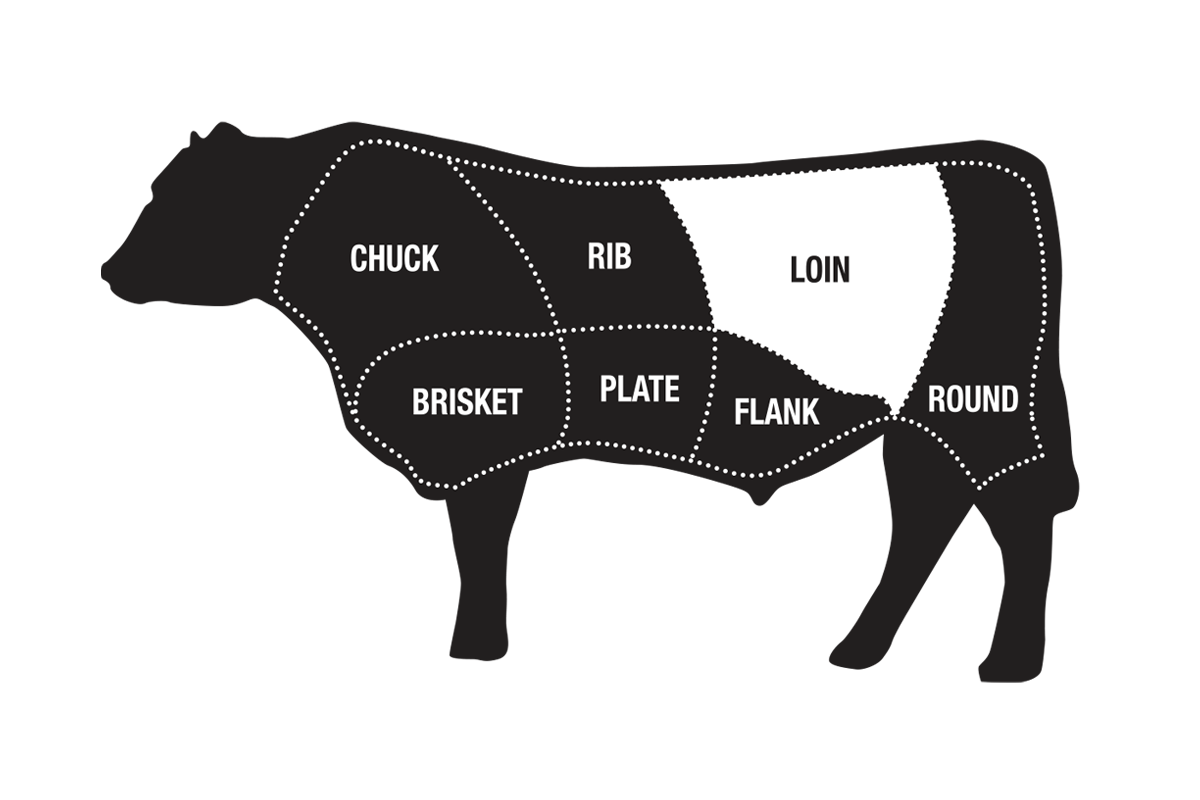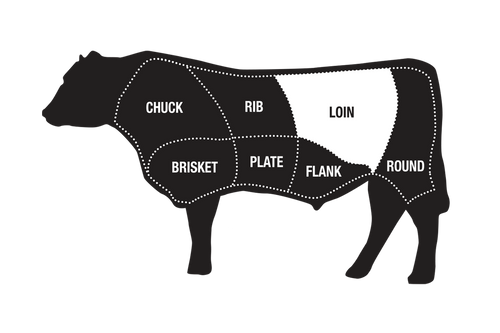Wagyu Porterhouse Steak
American Wagyu
The SRF American Wagyu Porterhouse includes both a savory New York strip and a tender filet mignon. The filet portion and overall weight is greater than our Wagyu T-bone. Average weight is 32 oz.
Cut by Master Butchers
100% US Raised
Grass Fed, Grain Finished
The SRF American Wagyu Porterhouse has rich, fine marbling for a buttery texture and deep beef flavor. Each Porterhouse has a tender filet mignon and a robust New York strip separated by a T-shaped bone. A filet mignon of at least 1.5” wide makes this a Porterhouse, instead of a T-bone steak. Grilling or broiling are excellent methods to prepare this American Wagyu steak. The filet side is naturally lean, so position it away from the heat source to cook both sides of the Porterhouse evenly.
Average weight: 32 oz.
Snake River Farms beef grades start at USDA Prime, the top grade on the USDA scale. The majority of SRF beef is marbled well beyond this level. To grade SRF, we use a 12-point Beef Marbling Score (BMS), which measures marbling that exceeds the USDA scale.
SRF Silver® - BMS of 4 to 5. Marbling comparable to USDA Prime.
SRF Black® - BMS of 6 to 8. Significantly more marbling than USDA Prime.
SRF Gold® - BMS of 9 to 10. Dramatically more marbling than USDA Prime.
SRF Gold Plus™ - BMS of 11 to 12. The highest marbling available from Snake River Farms.

Details
The SRF American Wagyu Porterhouse has rich, fine marbling for a buttery texture and deep beef flavor. Each Porterhouse has a tender filet mignon and a robust New York strip separated by a T-shaped bone. A filet mignon of at least 1.5” wide makes this a Porterhouse, instead of a T-bone steak. Grilling or broiling are excellent methods to prepare this American Wagyu steak. The filet side is naturally lean, so position it away from the heat source to cook both sides of the Porterhouse evenly.
Average weight: 32 oz.
Cooking Tips
Beef Grading
Snake River Farms beef grades start at USDA Prime, the top grade on the USDA scale. The majority of SRF beef is marbled well beyond this level. To grade SRF, we use a 12-point Beef Marbling Score (BMS), which measures marbling that exceeds the USDA scale.
SRF Silver® - BMS of 4 to 5. Marbling comparable to USDA Prime.
SRF Black® - BMS of 6 to 8. Significantly more marbling than USDA Prime.
SRF Gold® - BMS of 9 to 10. Dramatically more marbling than USDA Prime.
SRF Gold Plus™ - BMS of 11 to 12. The highest marbling available from Snake River Farms.










